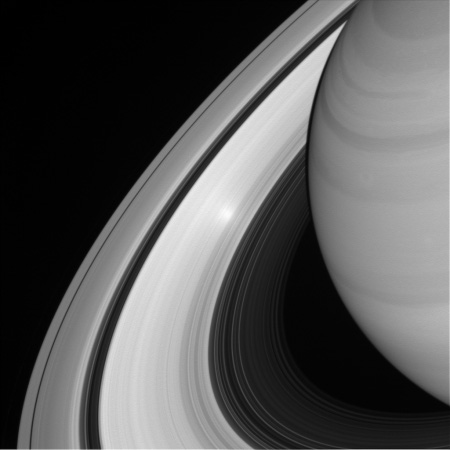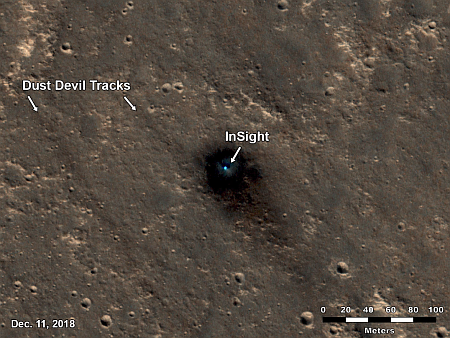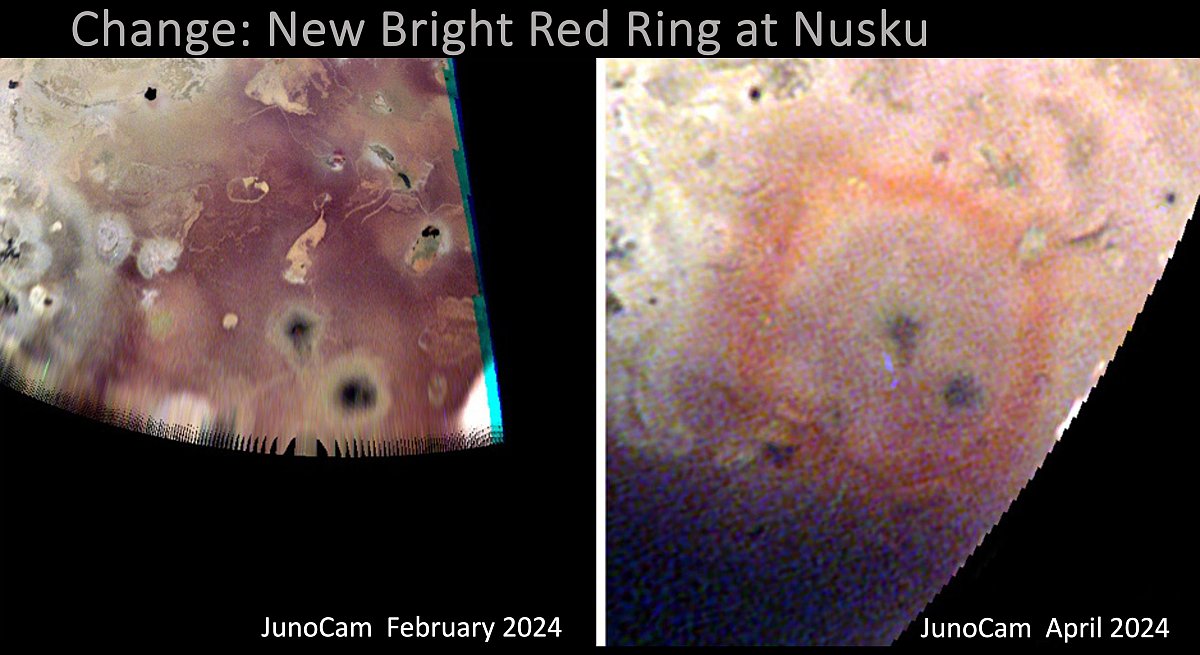New manned Dragon capsule forces NASA to shuffle ISS crew launch and return schedules
In order to give SpaceX more time to complete work on a new manned Dragon capsule, raising its fleet of capsules to five, NASA has shuffled its springtime ISS crew launch and return schedules.
The change gives NASA and SpaceX teams time to complete processing on a new Dragon spacecraft for the mission. The new spacecraft is set to arrive to the company’s processing facility in Florida in early January. “Fabrication, assembly, testing, and final integration of a new spacecraft is a painstaking endeavor that requires great attention to detail,” said Steve Stich, manager, NASA’s Commercial Crew Program.
…NASA and SpaceX assessed various options for managing the next crewed handover, including using another Dragon spacecraft and manifest adjustments. After careful consideration, the team determined that launching Crew-10 in late March, following completion of the new Dragon spacecraft, was the best option for meeting NASA’s requirements and achieving space station objectives for 2025.
This decision however impacts the return of the Dragon crew presently on board ISS, including the two astronauts launched in June on Boeing’s Starliner capsule and whose stay was extended from its initial length of one-to-eight weeks to more than six months when NASA made the decision to bring Starliner home unmanned. Instead of returning in February 2024, that crew will now have to return after the next crew arrives in late March.
Most of the press has focused on this two month extension to the Starliner crew, but to me the real news is that SpaceX is building a fifth manned capsule, as yet unnamed. Having five reusable capsules will give the company greater flexibility. I suspect SpaceX decided to build this additional capsule because, in addition to its ISS missions for NASA, it is going to be flying in 2025 both an Axiom mission to ISS as well as a 30-day mission to Vast’s Haven-1 space station. That latter mission will tie up one manned capsule for many months both before and after that long flight.
In order to give SpaceX more time to complete work on a new manned Dragon capsule, raising its fleet of capsules to five, NASA has shuffled its springtime ISS crew launch and return schedules.
The change gives NASA and SpaceX teams time to complete processing on a new Dragon spacecraft for the mission. The new spacecraft is set to arrive to the company’s processing facility in Florida in early January. “Fabrication, assembly, testing, and final integration of a new spacecraft is a painstaking endeavor that requires great attention to detail,” said Steve Stich, manager, NASA’s Commercial Crew Program.
…NASA and SpaceX assessed various options for managing the next crewed handover, including using another Dragon spacecraft and manifest adjustments. After careful consideration, the team determined that launching Crew-10 in late March, following completion of the new Dragon spacecraft, was the best option for meeting NASA’s requirements and achieving space station objectives for 2025.
This decision however impacts the return of the Dragon crew presently on board ISS, including the two astronauts launched in June on Boeing’s Starliner capsule and whose stay was extended from its initial length of one-to-eight weeks to more than six months when NASA made the decision to bring Starliner home unmanned. Instead of returning in February 2024, that crew will now have to return after the next crew arrives in late March.
Most of the press has focused on this two month extension to the Starliner crew, but to me the real news is that SpaceX is building a fifth manned capsule, as yet unnamed. Having five reusable capsules will give the company greater flexibility. I suspect SpaceX decided to build this additional capsule because, in addition to its ISS missions for NASA, it is going to be flying in 2025 both an Axiom mission to ISS as well as a 30-day mission to Vast’s Haven-1 space station. That latter mission will tie up one manned capsule for many months both before and after that long flight.










